The arrival of Apple Silicon chips noticeably changed the direction of Apple computers and raised them to a whole new level. The new chips have brought with them a number of great benefits and advantages, which primarily revolve around a significant increase in performance and a reduction in energy consumption. However, as we have already written several times, there is one, for some, very fundamental problem. Apple Silicon is based on a different architecture, which is why it can no longer cope with installing the Windows operating system through the native Boot Camp tool.
It could be interest you

Boot Camp and its role on Macs
For Macs with processors from Intel, we had at our disposal a fairly solid tool called Boot Camp, with the help of which we could reserve space for Windows alongside macOS. In practice, we had both systems installed on one computer, and each time the device was started, we could choose which OS we actually wanted to start. This was a great option for people who need to work on both platforms. At its core, however, it goes a little deeper. The most important thing is that we had such an option at all and could run both macOS and Windows at any time. Everything depended only on our needs.
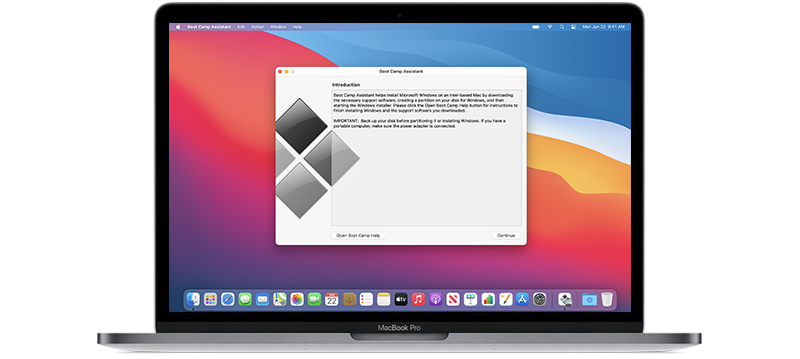
However, after switching to Apple Silicon, we lost Boot Camp. It just doesn't work now. But in theory it could work, as a version of Windows for ARM exists and can be found on some competing devices. But the problem is that Microsoft apparently has an exclusivity agreement with Qualcomm - Windows for ARM will only run on devices with a chip from this Californian company. This is probably why the problem cannot be bypassed through Boot Camp. Unfortunately, it also looks like we won't see any changes in the near future anyway.
A functional alternative
On the other hand, we didn't completely lose the opportunity to run Windows on Mac. As we mentioned above, Microsoft has Windows for ARM directly available, which with a little help can also run on Apple Silicon chip computers. All we need for this is a computer virtualization program. Among the most well-known are the free UTM application and the famous Parallels Desktop software, which, however, costs something. In any case, it offers relatively good functionality and stable operation, so it is up to each apple user to decide whether this investment is worth it. Through these programs, Windows can be virtualized, so to speak, and possibly worked with. Couldn't Apple be inspired by this approach?
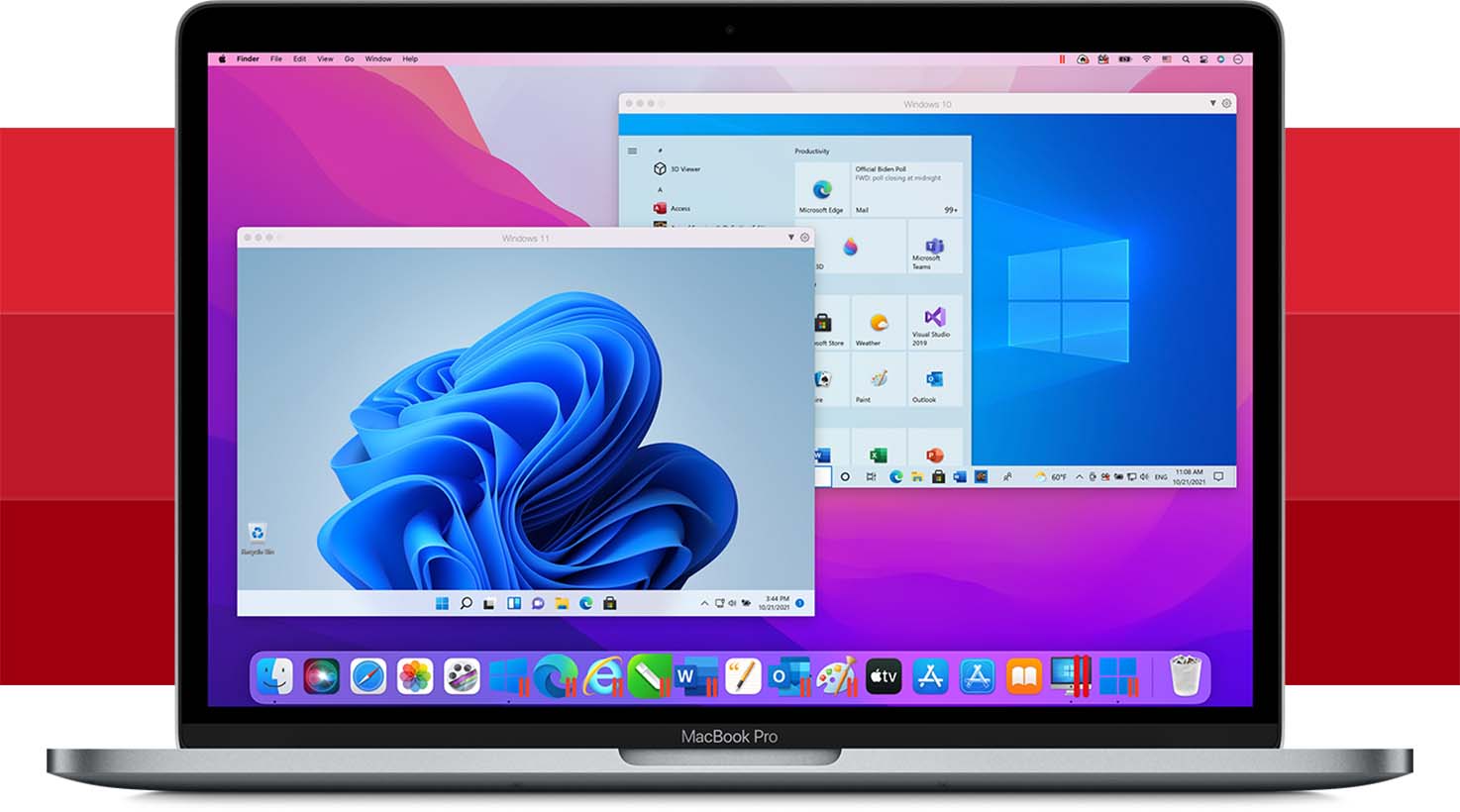
Apple virtualization software
The question therefore arises whether Apple could bring its own software for virtualizing other operating systems and computers, which would of course run natively on Macs with Apple Silicon and thus be able to completely replace the aforementioned Boot Camp. In this way, the giant could theoretically bypass the current limitations and bring a functional solution. Of course, in such a case, it is necessary to take into account that the software would probably already cost something. Anyway, if it was functional and worth it, why not pay for it? After all, professional applications from Apple are clear proof that when something works, the price goes (to a reasonable extent) aside.
It could be interest you
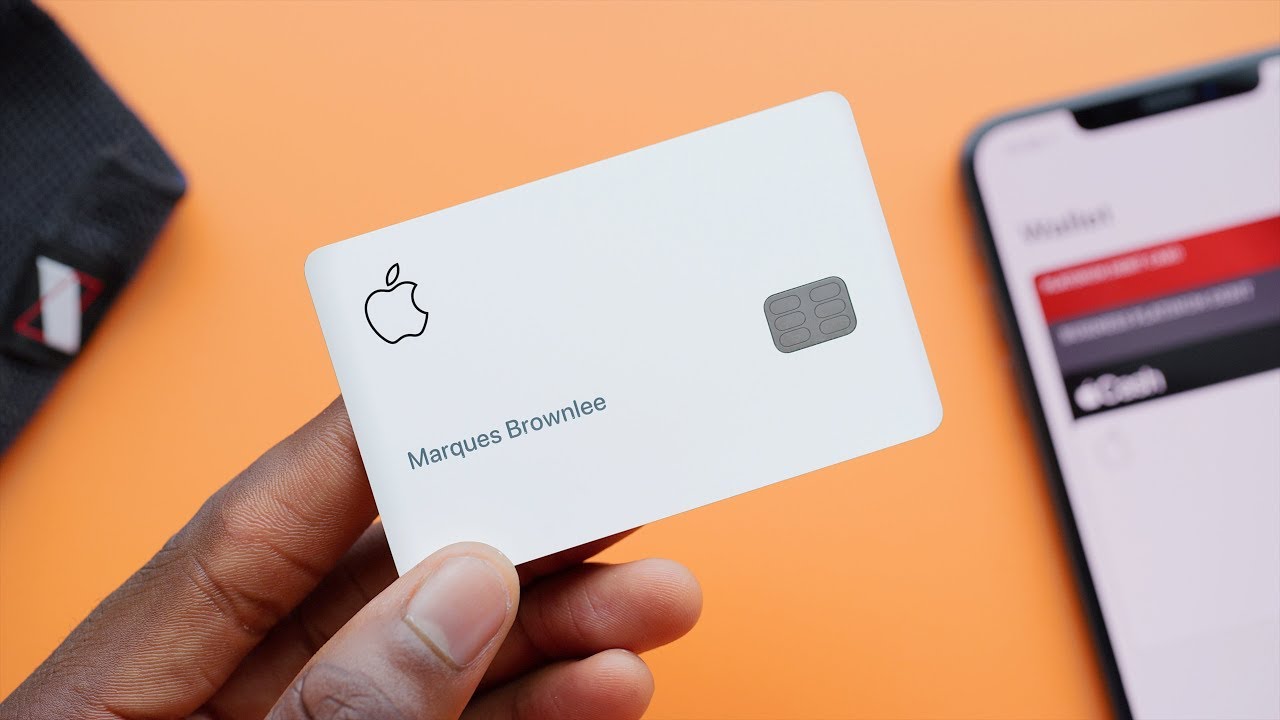
But as we know Apple, it's more or less clear to us that we probably won't see anything like that. After all, there is not much talk about the arrival of a similar application or, in general, an alternative to Boot Camp, and there is also no more detailed information about this. Do you miss Boot Camp on Mac? Alternatively, would you welcome a similar alternative and be willing to pay for it?
 Adam Kos
Adam Kos 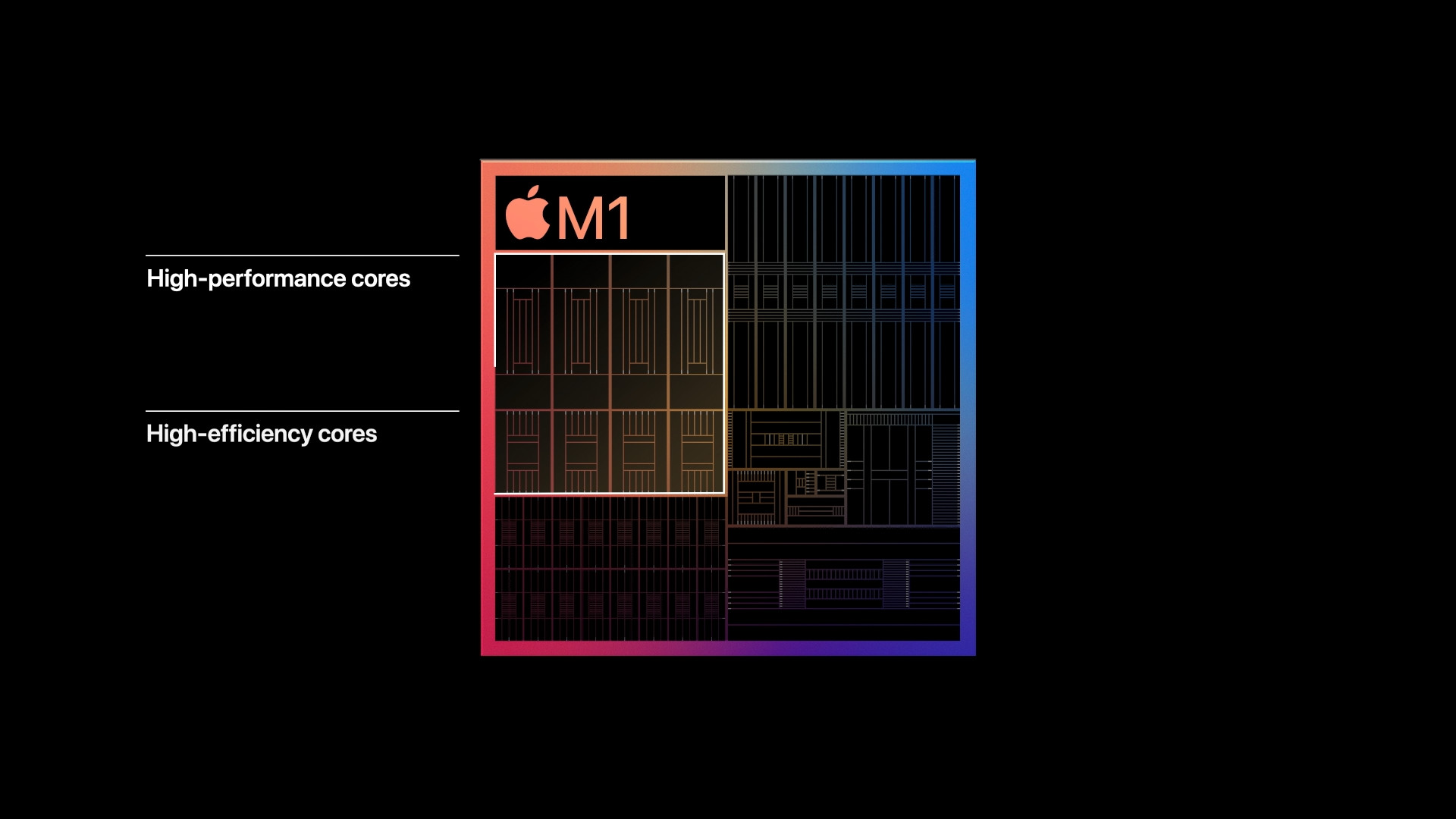
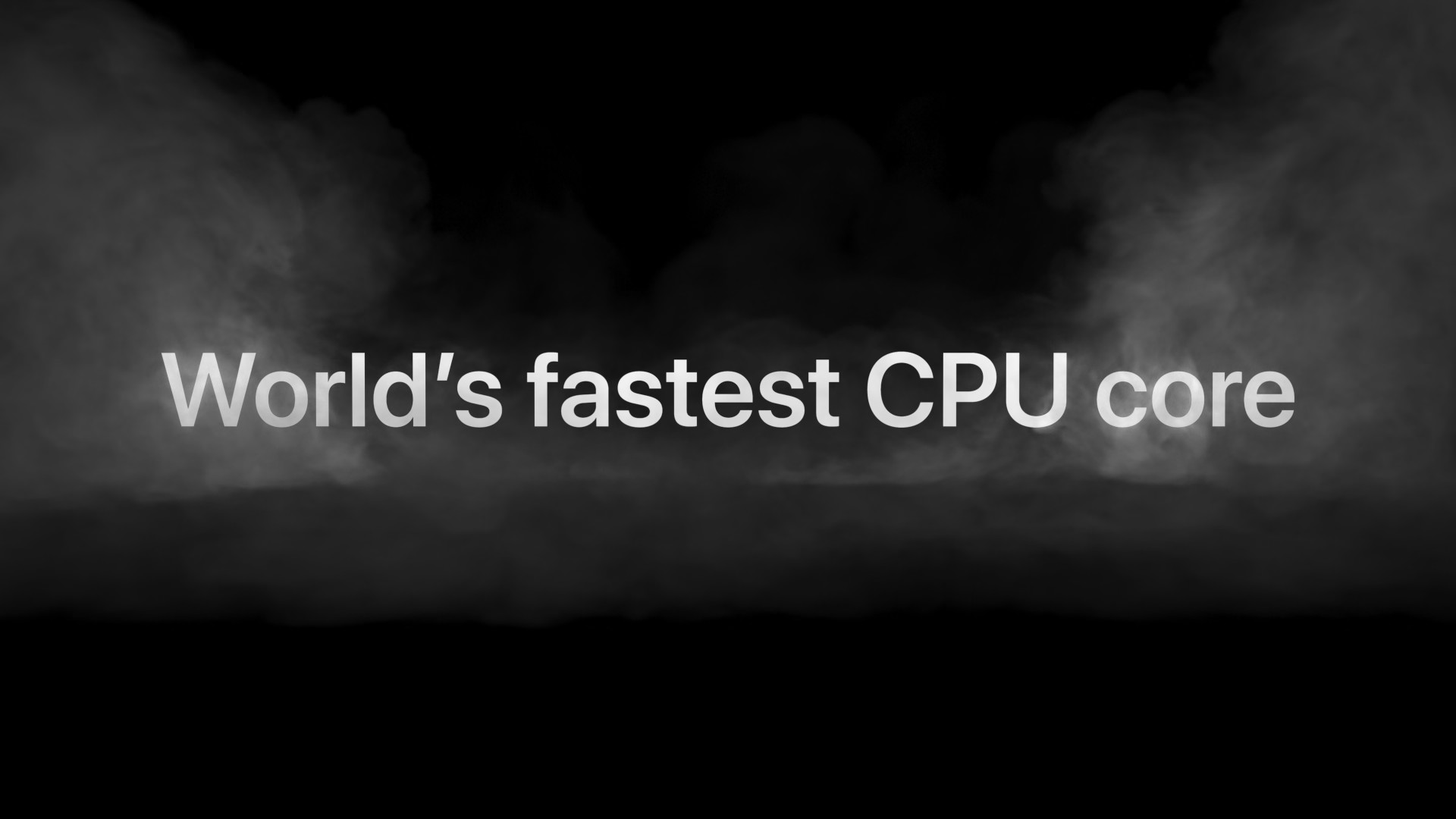
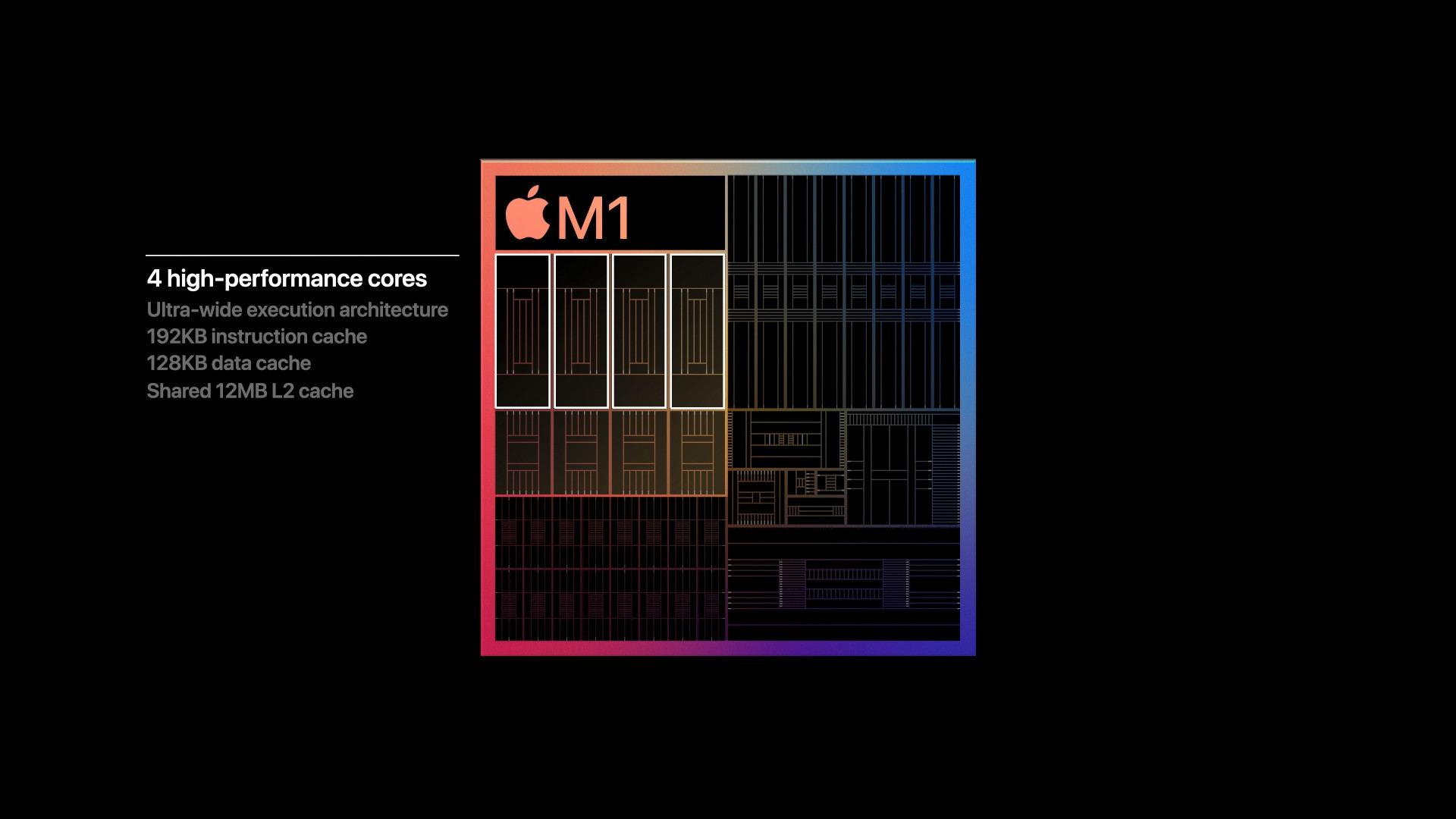

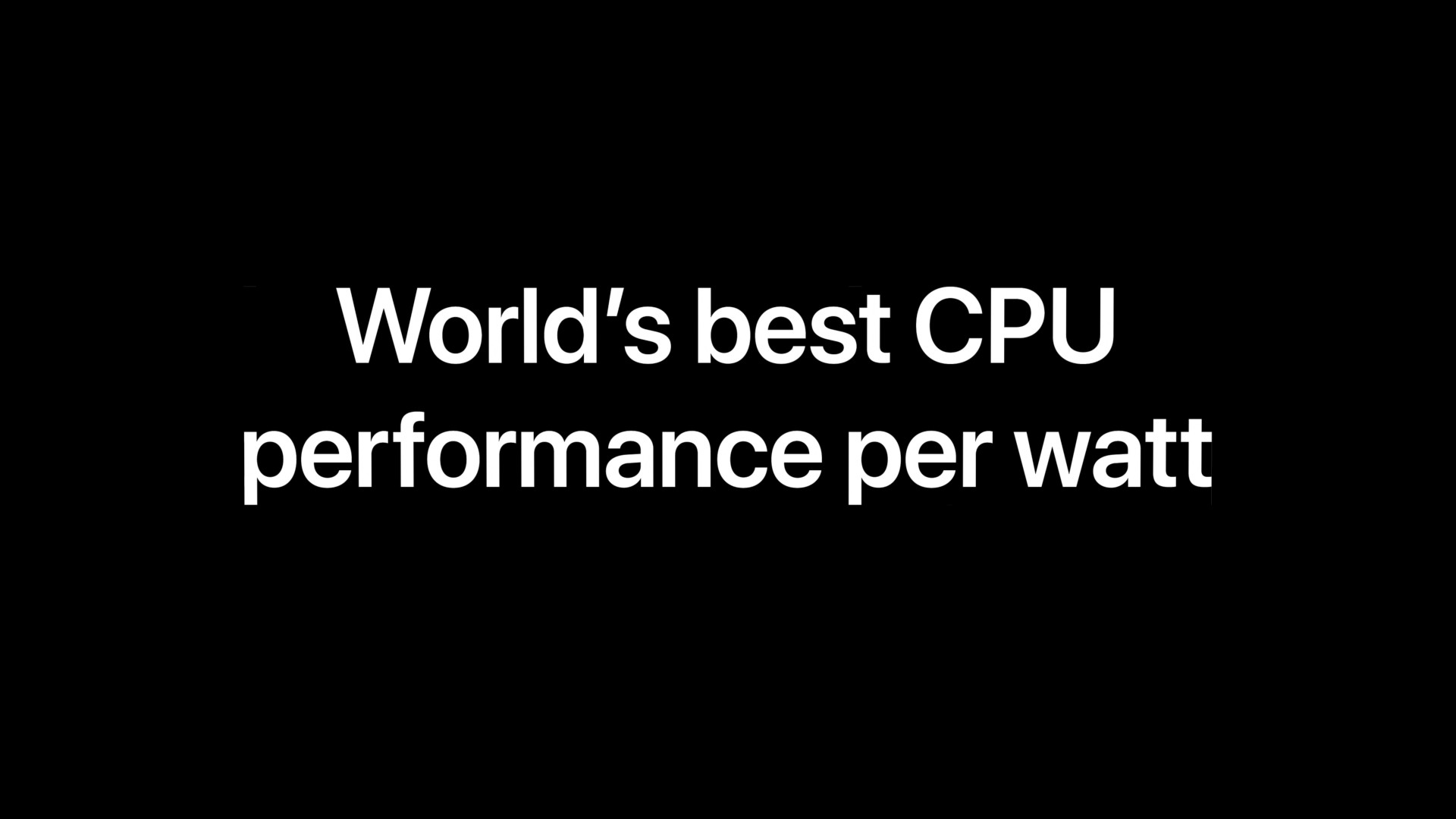
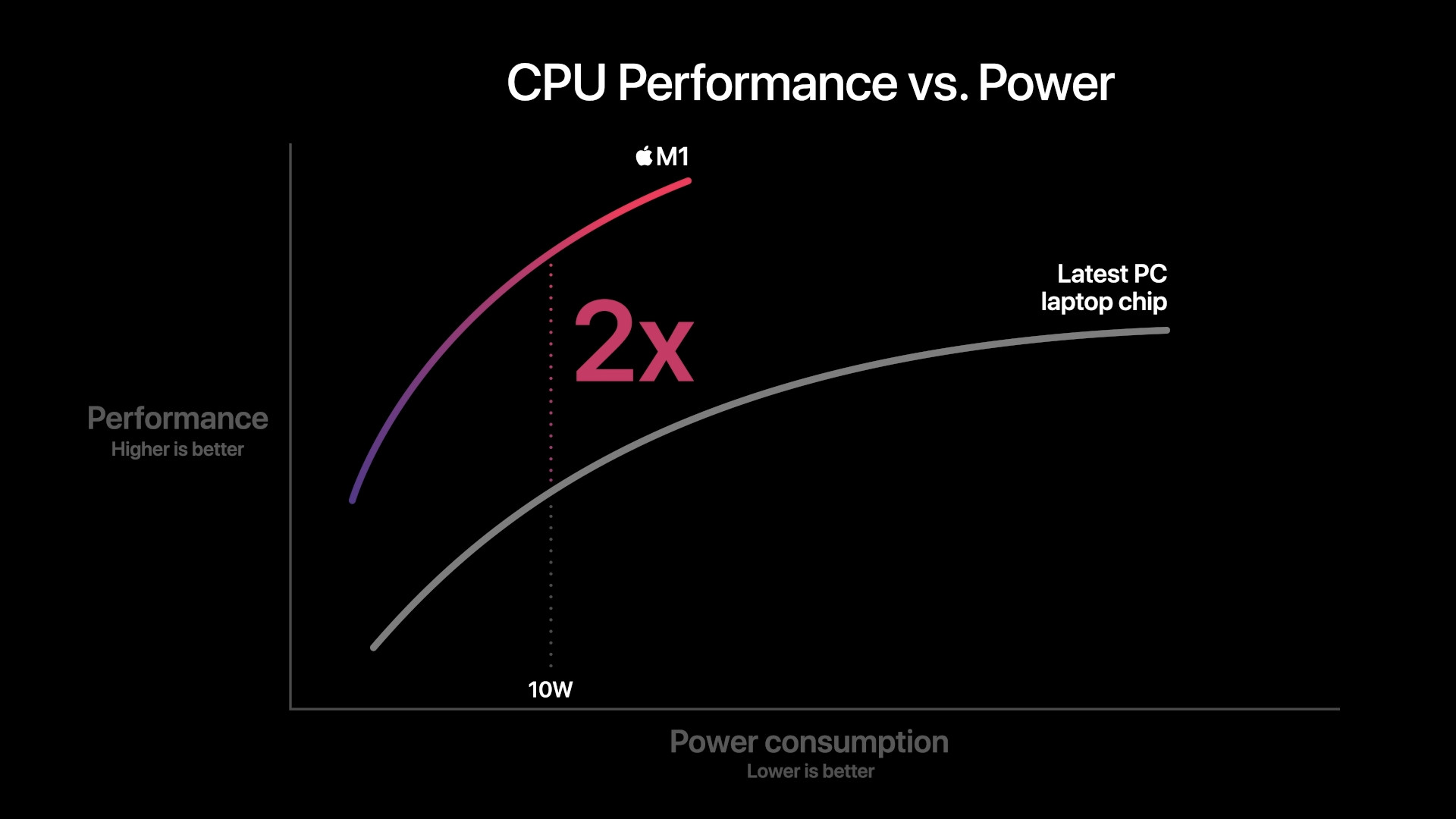
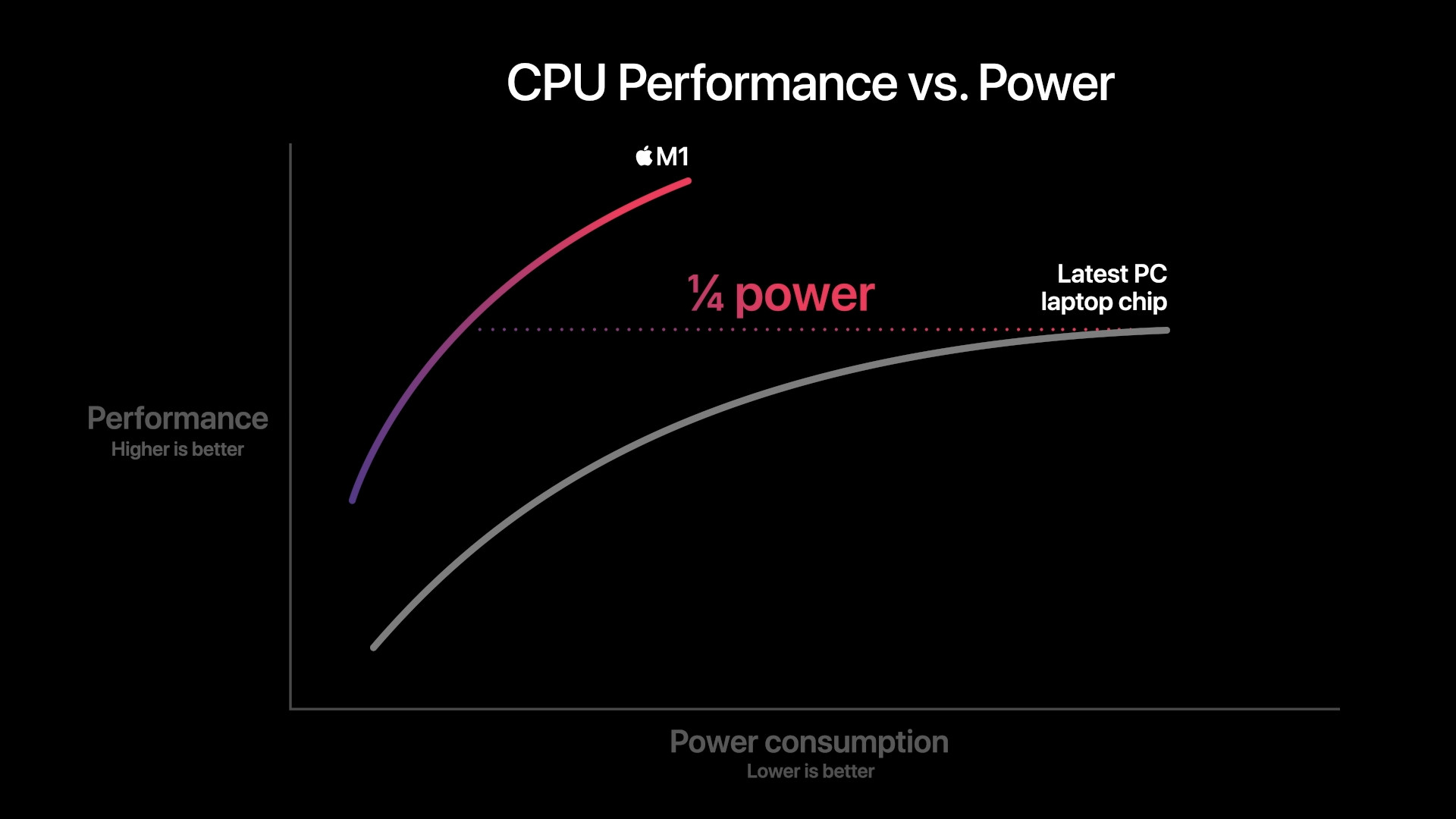

UTM is fine but has bugs.